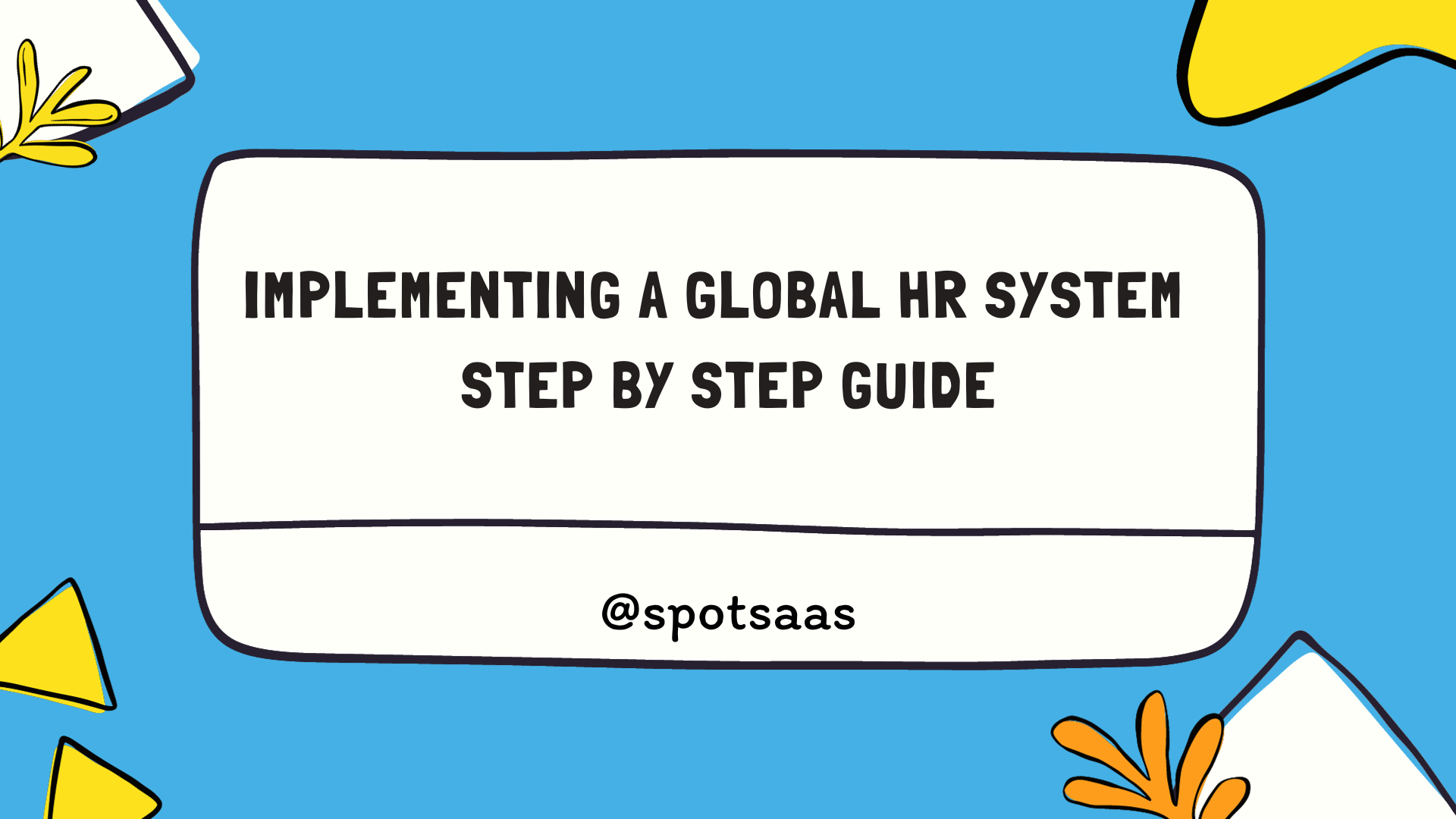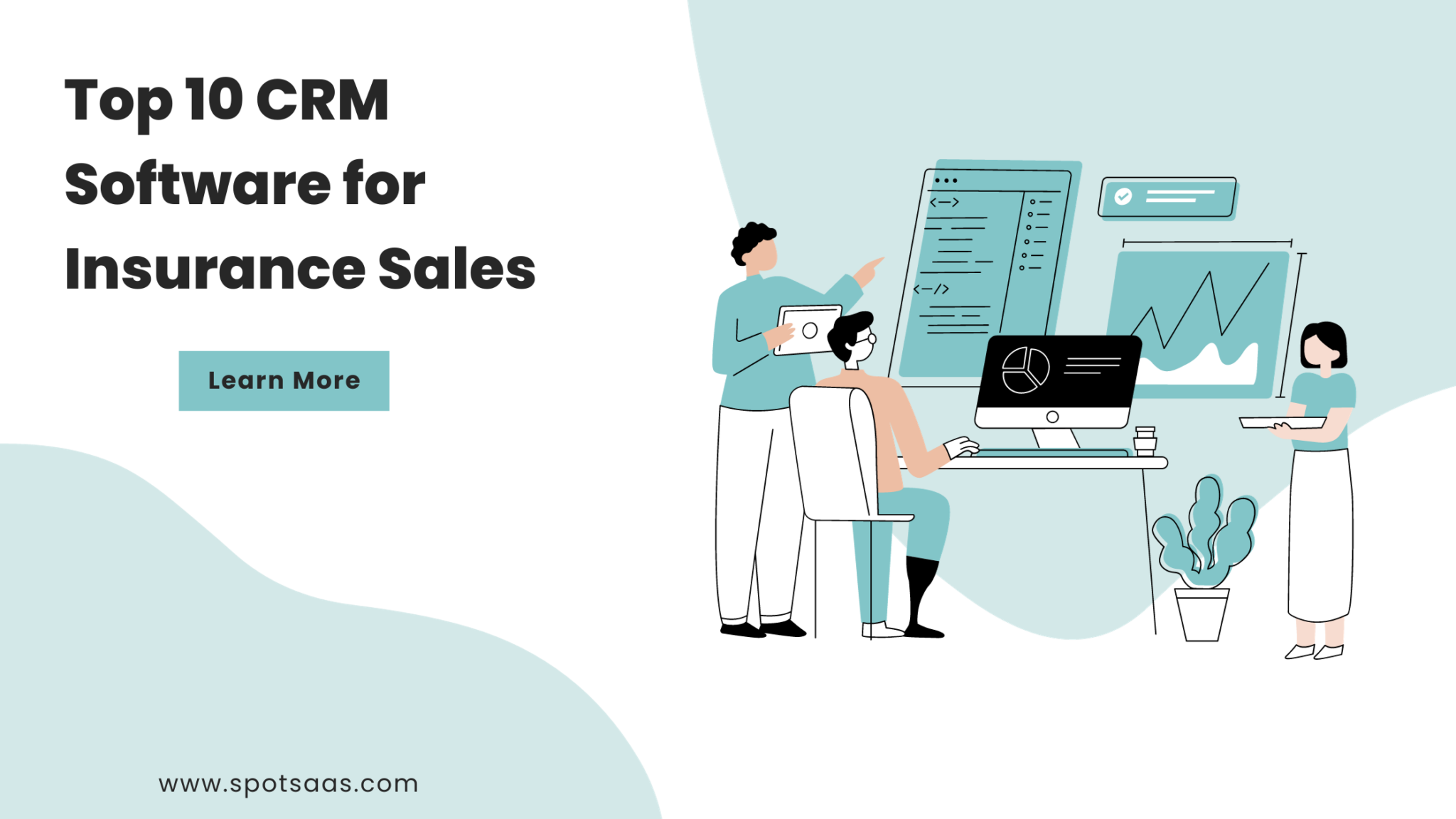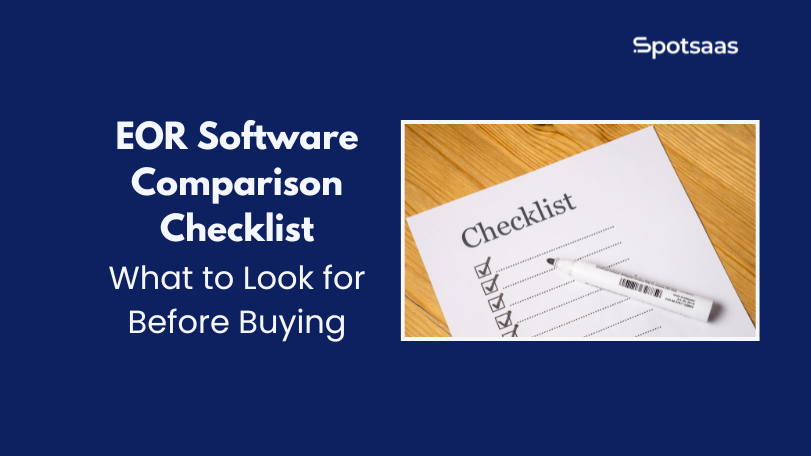Venturing into the labyrinth of establishing a global HR system can seem like trying to solve an impossible puzzle.
This blog post is going to dismantle this convoluted process for you by outlining it in digestible stages – think of it as your step-by-step roadmap to implementing a successful global HR system for your organization.
Key Takeaways
- Assess your existing HR systems to identify any gaps or limitations that may hinder the implementation of a global HR system.
- Identify potential roadblocks, such as lack of executive support or resistance from employees, and develop strategies to overcome them.
- Scope out the necessary tools and resources, considering features like payroll integration, collaboration tools for remote teams, and language translation capabilities.
- Establish a budget that covers all aspects of the implementation, including software licenses, hardware upgrades, training costs, and additional resources.
What is a Global HR System and Why You Need One
A Global HR System is a centralized platform that simplifies and streamlines HR management across multiple countries, benefiting organizations by reducing costs, improving the employee experience, and ensuring legal compliance.
Centralizing and simplifying HR management
Consolidating multiple HR functions into a single, comprehensive system significantly improves the workflow. Centralization boosts productivity by eradicating redundant processes and creating a more streamlined approach to managing people.
It cuts down on administrative tasks that often clutter the work day, freeing up time for strategic initiatives aimed at enhancing employee performance and development. From an operational standpoint, it reduces error rates in data entry and retrieval since all necessary information is housed in one location as opposed to fragmented across different platforms or databases.
Simplification comes into play by making this centralized system user-friendly with intuitive interfaces and automated capabilities which minimizes manual effort and makes navigating the system easier for both HR professionals and employees alike.
This consolidation ultimately aids decision-making processes by providing accurate, real-time data on various aspects of human resource management from recruitment to payroll to performance appraisals.

Streamlining the employee experience
In the realm of global HR systems, streamlining employee experiences is a central task. This involves creating uniform processes that are applicable across diverse geographies and cultures.
With streamlined operations, companies can boost productivity by minimizing confusion about processes and policies among their workforce.
A well-implemented global HR system offers an intuitive and easy-to-use portal where employees can access all necessary information and services. This includes personal data management, benefits enrollment, time-off requests, and more.
The result is a reduction in administrative tasks for HR teams across different regions, allowing them to focus on strategic initiatives instead of routine tasks.
Reduced costs
Implementing a global HR system can result in significant cost savings. A centralized approach eliminates the need for various regional HR systems, reducing both initial investment and ongoing maintenance costs.
Furthermore, automated processes cut down on manual tasks, boosting efficiency and allowing staff to focus on strategic initiatives rather than repetitive administrative duties. As a company invests in an integrated HR platform covering the full employee journey, it will notice lower operational expenditures over time.
They will also find budget allocation simpler with consolidated software expenses instead of individual payments across different platforms or regions. Thus, a Global HR System facilitates financial optimization alongside optimizing workforce management capabilities.
Preparing to Implement a Global HR System
Assess your existing HR systems, identify any potential roadblocks, scope out the necessary tools, and establish a budget to ensure a smooth implementation of your global HR system.
Assess existing HR systems
To implement a successful global HR system, the first step is to assess your existing HR systems. This will help you understand what is currently working well and identify any areas that need improvement. Here are some key aspects to consider during this assessment:
- Evaluate the functionalities of your current HR systems and their effectiveness in meeting your organization’s needs.
- Identify any gaps or limitations in your current systems that may hinder the implementation of a global HR system.
- Assess the level of integration between different HR systems and evaluate their compatibility with a global solution.
- Consider the scalability of your current systems and their ability to support the expansion of your workforce in different regions.
- Take into account the user experience and usability of your current HR systems, considering both employee and administrative perspectives.

Identify roadblocks
Identifying roadblocks is a crucial step in implementing a global HR system. It helps to anticipate challenges and plan strategies for overcoming them. Here are the key roadblocks to be aware of:
| Challenge | Description |
|---|---|
| Lack of executive support | Securing buy-in from leadership is pivotal for resource allocation and overcoming resistance from stakeholders. |
| Resistance from employees | Addressing concerns and communicating benefits are key to minimizing resistance from employees who are accustomed to existing systems or fear job losses. |
| Data complexity and migration | Consolidating and migrating data from various sources and ensuring integrity and security are crucial for a smooth transition. |
| Integration challenges | Coordinating with IT teams to integrate the new HR system with existing applications can present technical complexities. |
| Cultural differences | Adapting the HR system to diverse cultures, languages, and work practices and providing cross-cultural training are essential for managing a global workforce. |
| Compliance with local regulations | Ensuring compliance with the labor laws and employment regulations of each country requires thorough understanding of local requirements. |
| Lack of user adoption | Providing training programs, user-friendly interfaces, and ongoing support are vital to promote user acceptance and engagement. |
| Budget constraints | Limited budget may pose challenges in selecting the right HR solution and may require compromising on desired features. |
Scope out necessary tools
To successfully implement a global HR system, it is important to scope out the necessary tools and resources. This involves identifying the specific software or technology solutions needed for managing HR processes on a global scale.
For example, you may need an integrated payroll system that can handle multiple currencies and tax regulations. Additionally, collaboration tools for remote teams and language translation capabilities might be essential for effective communication across different regions.
By thoroughly evaluating your requirements and identifying the right tools, you can ensure a smooth implementation of your global HR system.
Establish budget
Implementing a global HR system requires careful planning and financial considerations. As part of the preparation process, it is important to establish a budget that covers all aspects of the implementation, including software licenses, hardware upgrades, training costs, and any additional resources required.
By setting a clear budget from the start, organizations can ensure they have sufficient funds allocated for each stage of the implementation project. It also helps in avoiding unexpected expenses and enables better tracking of expenditures throughout the process.
A well-established budget is crucial for successfully implementing a global HR system and ensuring that all necessary resources are available when needed.
How to Choose a New Global HR System
When choosing a new global HR system, it is important to prioritize the employee experience, consider the necessary features, and select a solution that covers the entire employee journey.
Prioritize employee experience
To successfully implement a global HR system, it is crucial to prioritize the employee experience. By placing employees at the centre of the implementation process, you can ensure that their needs and expectations are met.
This involves providing user-friendly interfaces, intuitive navigation, and personalized experiences tailored to each employee’s role and responsibilities.
When prioritizing employee experience, consider features such as self-service options for accessing HR information and resources, mobile accessibility for on-the-go employees, and automation of routine tasks to streamline processes.
Implementing a global HR system that caters to these aspects not only enhances efficiency but also increases employee satisfaction and engagement.
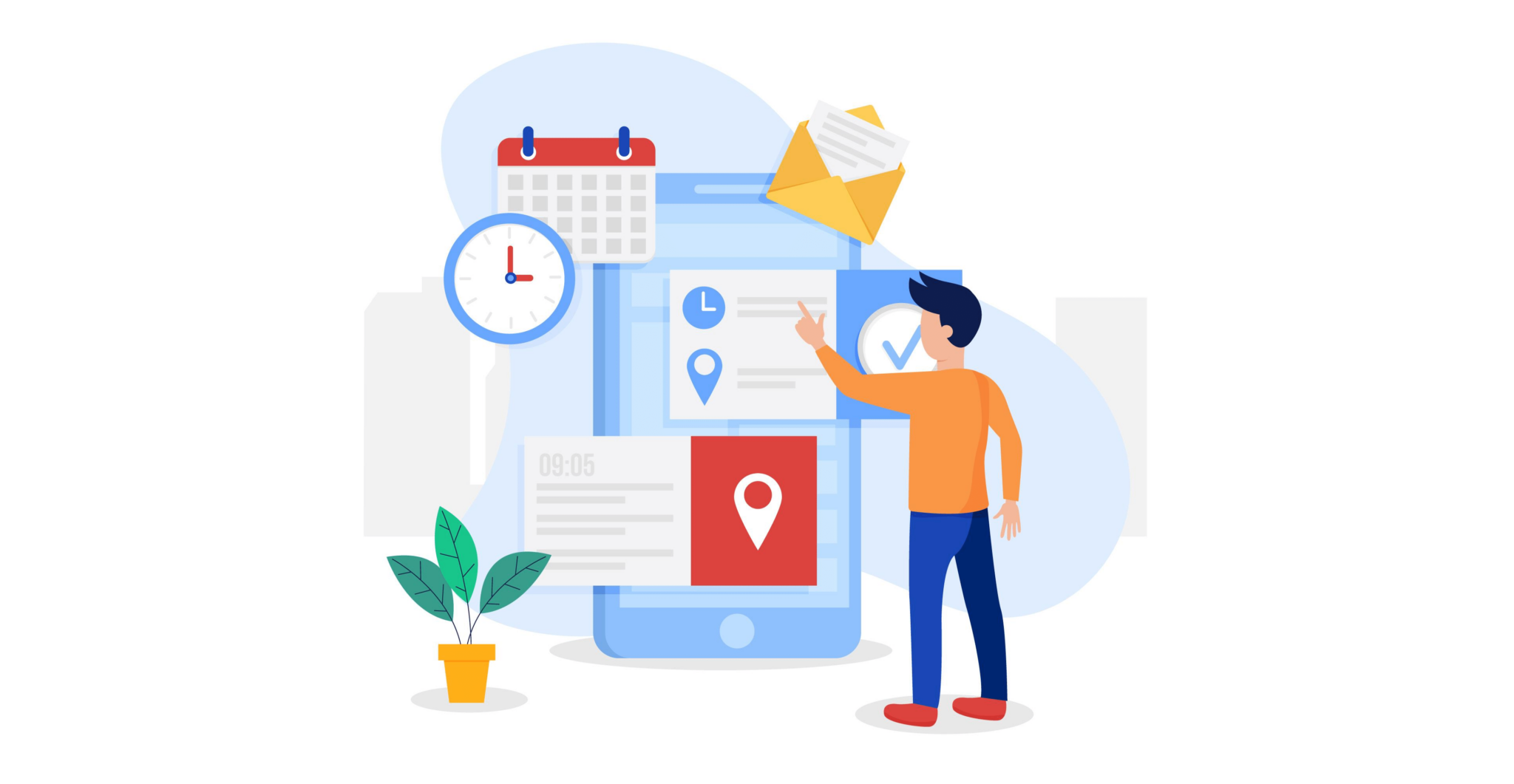
Consider features needed
When choosing a new global HR system, it is important to carefully consider the features needed to meet your organization’s specific requirements. Here are some key features to consider:
| Feature | Description |
|---|---|
| Employee Self-Service Portal | Facilitates easy access to HR information and processes for employees. |
| Integration with Other Systems | Enables seamless data management by integrating with payroll, timekeeping, and other business systems. |
| Reporting and Analytics | Offers advanced capabilities for analyzing data and making informed decisions. |
| Multilingual Support | Accommodates a diverse workforce with support for multiple languages. |
| Mobile-Friendly Interface | Ensures convenient access from various devices, anywhere and anytime. |
| Workflow Automation | Streamlines HR processes to enhance overall efficiency. |
| Compliance Management | Provides tools to assure adherence to global regulations and policies. |
| Training and Development Modules | Supports employee growth through various learning and development initiatives. |
| Employee Engagement Tools | Includes surveys and recognition programs to foster a positive workplace culture. |
| Customizable Dashboards and UI | Allows tailoring of dashboards and user interfaces to meet specific organizational needs. |
Choose a solution that covers the entire employee journey
To successfully implement a global HR system, it is crucial to choose a solution that covers the entire employee journey. This means selecting a system that not only addresses basic HR functions like payroll and benefits administration, but also encompasses aspects such as recruitment, onboarding, performance management, training and development, and offboarding.
By choosing a comprehensive solution, you can ensure a seamless experience for your employees throughout their entire lifecycle with the company. With all their information and interactions in one system, employees will have easy access to everything they need at every stage of their employment.
Additionally, having an integrated solution will enable better data sharing and analysis across different HR processes, leading to more informed decision-making and improved overall efficiency.
When selecting a global HR system that covers the entire employee journey:
– Look for features that address each phase of the employee lifecycle.
– Consider scalability to accommodate future growth.
– Ensure integration capabilities with other business systems.
Implementation Project Plan
In this section, I will discuss the key steps involved in creating an implementation project plan for your global HR system.

Identify team
To successfully implement a global HR system, it is essential to identify the right team members who will be responsible for driving the project forward. This team should consist of staff and representatives from each large country or region where the system will be implemented.
By having a diverse group with local knowledge and insights, you can ensure that the needs and requirements of different locations are taken into consideration during the implementation process.
Additionally, collaboration between multiple departments such as HR, finance, and IT is crucial for a successful launch. By working together, this team can effectively address any challenges or roadblocks that may arise and ensure a smooth transition to the new global HR system.
Building an effective team also involves considering individuals’ expertise in relevant areas such as project management, technology implementation, change management, and communication skills.
Set stages and milestones
To successfully implement a global HR system, it is important to set clear stages and milestones. This will help keep the implementation process on track and ensure that key objectives are met. Here are the important stages and milestones to consider:
| Step | Description |
|---|---|
| Define Project Scope | Determine the specific functionalities and objectives that the global HR system should achieve. |
| Create a Timeline | Develop a realistic timeline, breaking down tasks into smaller steps to ensure consistent progress. |
| Identify Key Milestones | Set specific milestones to track important achievements and progress throughout the implementation. |
| Assign Responsibilities | Distribute roles and responsibilities clearly among team members and communicate expectations. |
| Monitor Progress | Regularly review and adjust the progress against set milestones, addressing challenges promptly. |
| Celebrate Successes | Acknowledge and celebrate each achieved milestone to boost morale and motivate the team. |
Plan data migration
To successfully implement a global HR system, it is crucial to plan data migration effectively. This involves:
- Identifying the existing data that needs to be migrated to the new system.
- Assessing the quality and accuracy of the data.
- Determining any data cleansing or consolidation requirements.
- Establishing a timeline for the migration process.
- Allocating resources and personnel responsible for handling the migration.
- Conducting thorough testing and validation of the migrated data.
Pilot test and evaluate
I believe that pilot testing and evaluation are crucial steps in successfully implementing a global HR system. Here’s what you need to do:
| Step No. | Action | Description |
|---|---|---|
| 1 | Selection | Choose a small group of employees from different regions or countries for the pilot test. |
| 2 | Implementation | Implement the new HR system with the selected group and gather their feedback. |
| 3 | Evaluation | Assess how the system addresses the needs and challenges specific to each region or country. |
| 4 | Issue Identification | Spot any issues or obstacles that arise during the test and seek solutions. |
| 5 | Data Collection | Gather data on key metrics like user adoption, satisfaction, and efficiency improvements. |
| 6 | Data Analysis | Analyze the collected data to check if the HR system meets its goals. |
| 7 | Improvement | Use feedback and insights from the pilot test to refine the system before a global launch. |
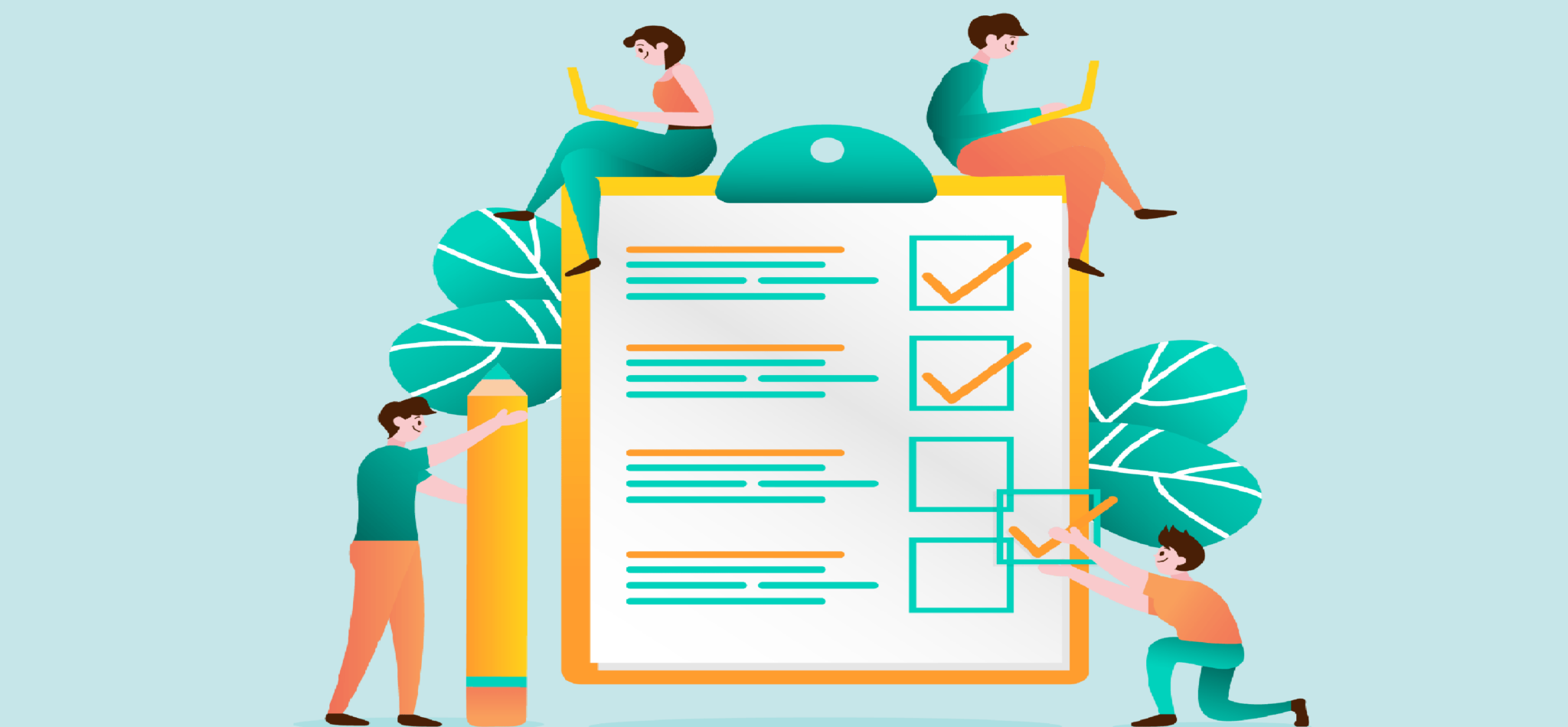
Train and upskill
To ensure a successful implementation of the global HR system, it is crucial to prioritize training and upskilling for all employees. This will enable them to adapt to the new system and maximize its benefits. Here are some key steps in the training and upskilling process:
- Conduct comprehensive training needs assessments to identify the specific skills gaps and requirements of employees.
- Develop tailored training programs that cater to different job roles and levels within the organization.
- Utilize various training methods such as workshops, online courses, job shadowing, and mentoring to provide diverse learning opportunities.
- Assign dedicated trainers or subject matter experts who can guide employees through the learning process.
- Provide ongoing support and resources for employees to enhance their understanding and proficiency in using the global HR system.
- Encourage active participation and engagement in training activities through interactive sessions, practical exercises, and real-life scenarios.
- Monitor progress regularly by conducting assessments or quizzes to gauge knowledge retention and identify areas for improvement.
- Offer continuous learning opportunities through refresher courses or advanced training modules to keep employees updated with any system updates or changes.
Roll out and assess
To successfully implement a global HR system, it is crucial to carefully plan and execute the roll-out phase. During this stage, the new system is introduced to employees across different regions or countries.
Training programs should be conducted to ensure that everyone understands how to use the system effectively. Additionally, it’s important to assess the effectiveness of the newly implemented HR system on an ongoing basis.
Regular evaluation helps identify any issues or areas for improvement, allowing for adjustments and refinements as needed. This ensures that the global HR system continues to meet the needs of the organization and its workforce in an efficient manner.
Iterate as needed
Throughout the implementation process of a global HR system, it is crucial to iterate as needed. This means continuously evaluating and refining the system based on feedback and insights gained during the implementation phase.
By actively seeking input from stakeholders and end users, you can identify areas that may need improvement or adjustments. This iterative approach allows you to make necessary modifications, fix issues, and enhance functionality to ensure that the implemented global HR system meets the needs of your organization effectively.
Through an iterative process, you can optimize the performance and usability of your global HR system while addressing any unforeseen challenges that may arise along the way.
Conclusion
Successfully implementing a global HR system requires careful planning, assessment of existing systems, and collaboration between departments. By prioritizing employee experience, considering necessary features, and following a well-defined implementation project plan, companies can streamline their HR processes and ensure regulatory compliance.
With the right tools and resources in place, organizations can efficiently manage their global workforce while reducing costs and improving overall efficiency.
Frequently Asked Questions
What is a global HR system?
A global HR system is a software platform that allows organizations to manage their human resources processes and data across multiple countries or regions.
Why is it important to implement a global HR system?
Implementing a global HR system can streamline and standardize HR processes, improve efficiency, provide better access to employee information, and ensure compliance with local labor laws and regulations in different countries.
What are the steps involved in implementing a global HR system?
The steps involved in implementing a global HR system include conducting an impact analysis, selecting the right vendor or software, configuring the system to meet organizational needs, conducting user training, testing the system for functionality and data accuracy, and finally rolling out the system to all users.
How long does it take to implement a global HR system?
The duration of implementing a global HR system varies depending on factors such as the complexity of the organization’s requirements, size of the workforce, availability of resources for implementation tasks. Generally speaking though, implementation can take several months to over a year from start to finish.
What challenges might arise during the implementation process?
Common challenges that might arise during the implementation process include data migration issues, integration with existing systems or platforms within an organization’s IT infrastructure, resistance from employees due to change management concerns or lack of familiarity with new technology.

